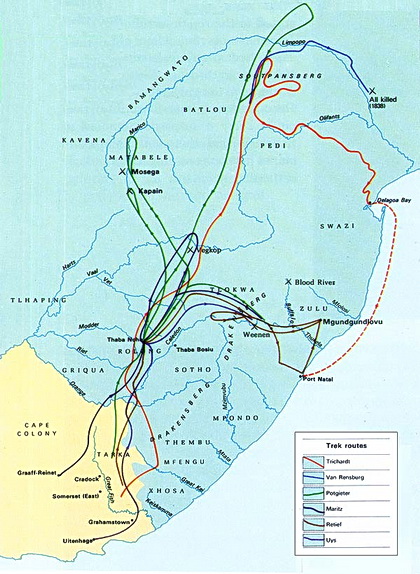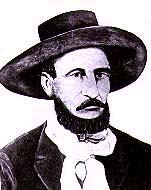Die Tonteldoosreeks /
The
Tonteldoos Series.
This is the First cache in the
'Tondeldoos' Series of 18. You may
attempt cache finds in any order.
Throughout South Africa - our ‘Land of Milk and Honey’, 18
Tinderboxes have been hidden. In every one you will find a clue
that you need to collect. During the Easter weekend of 2009, a
code-deciphering key based on these clues will lead you to the
coordinates of the 19th and final Great Cache.
This series were inspired by Afrikaans-speaking
Geocachers who wanted to share some of
their personal history through
geocaching.
A more comprehensive description of the theme for the series can be
found in the cache itself as well
as
here
.
_._._._
Hierdie
is die
Eerste skat in die
Tonteldoosreeks van 18. Die skatte
kan in
enige
volgorde
gesoek word
.
Regdeur
Suid-Afrika -
ons ‘Land van
Melk en
Heuning’ is
daar 18
tonteldose
weggesteek.
Vannuit
elkeen van
hierdie
Tonteldose
moet jy ‘n
leidraad
versamel.
Gedurende die
Paasnaweek 2009
sal daar ‘n
kode
vrygestel word
wat al 18 die
leidrade
gebruik om
jou na die
koördinate van die finale 19de
Groot Skat
te
lei.Hierdie reeks was
geïnspireer
deur Afrikaans
sprekende
Geocachers
wat iets
van die Afrikaner geskiedenis
wil
deel.
Die volledige
beskrywing van die
tonteldoos-tema
kan
binne-in die
Tonteldoos
gelees word en
ook
hier
.
THE Beginning:
Die
Groot Trek (The Great Trek) was an
eastward and north-eastward migration during the 1830s and 1840s of
the segment of Afrikaners (known as Boers or
Boere (Dutch/Afrikaans for "farmers").
The
Voortrekkers mainly came from the
farming community of the Eastern Cape.


The reasons for the
mass emigration from the Cape Colony have been much discussed over
the years. Afrikaner historiography has emphasized the hardships
endured by the frontier farmers which have they blamed on British
policies of pacifying the Xhosa tribes. Other historians have
emphasized the harshness of the life in the Eastern Cape (which
suffered one of its regular periods of drought in the early 1830s)
compared to the attractions of the fertile country of Natal, the
Orange Free State and the Transvaal. Growing land shortages has
also been cited as a contributing factor. The true reasons were
obviously very complex and certainly consisted of both "push"
factors (including the general dissatisfaction of life under
British rule) and "pull" factors (including the desire for a better
life in better country.)
The
Voortrekkers were mainly of
Trekboer (migrating farmer) descent
living in the eastern frontiers of the Cape. Hence, their ancestors
had long established a semi-nomadic existence of trekking into
expanding frontiers. A contingent of
Voortrekkers migrated into Natal and
negotiated a land treaty with the Zulu King
Dingane. Upon reconsideration,
Dingaan double crossed the
Voortrekkers,
killing their leader
Piet Retief along with half of the
Voortrekker settlers who had followed
them to Natal.
Andries Pretorius
filled the leadership vacuum hoping to enter into negotiations for
peace if Dingaan would restore the land
he had granted to Retief. When Dingaan
sent around twelve thousand Zulu warriors
(impis) to attack the local contingent
of Voortrekkers in response, the
Voortrekkers defended themselves at a
battle at Nacome River (called the
Battle of Blood River)
on 16 December 1838 where the vastly outnumbered
Voortrekker contingent defeated the
Zulu impis (warriors). This date has
hence been known as the "Day of the Vow" as the
Voortrekkers made a vow to God that
they would honor the date if He were to
deliver them from what they viewed as almost insurmountable odds.
It is still a public holiday, but the name was changed to the Day
of Reconciliation by the post-apartheid ANC government, in order to
foster reconciliation between all South Africans.
The victory of the
besieged Voortrekkers at
Nacome River was considered a turning
point. The Natalia Republic was set up in 1839 but was annexed by
Britain in 1843 whereupon most of the local Boers trekked north
joining other Voortrekkers who had
established themselves in the region.
The discovery of
diamonds in 1867 near the Vaal River, some 550 miles northeast of
Capetown, ended the isolation of the
Boers in the interior and changed South African history. This led
up to the clashes that followed between the Afrikaner (Boer) and
the English called the Anglo Boer War I (Dec 1880 - March 1881) and
Anglo Boer War II (October 1899 - May 1902)
Source
:
Wikipedia
The Geocache
This cache of the
Tondeldoos series is considered to be
placed the area where the Afrikaner Boer/
Voortrekker history started, so it is
appropriately the first cache in the
series. The cache is
placed at the Piet Retief Memorial situated on the original farm
own by Piet Retief, “Strandfontein” in
Summerstrand, along Marine Drive Port Elizabeth. The Memorial was
build to celebrate the centenary of the Great Trek.
Not recommended to attempt this cache between 4pm to +- 6pm as
plenty muggles leaves work during this periode, which makes it very
difficult to retrieve without being seen.